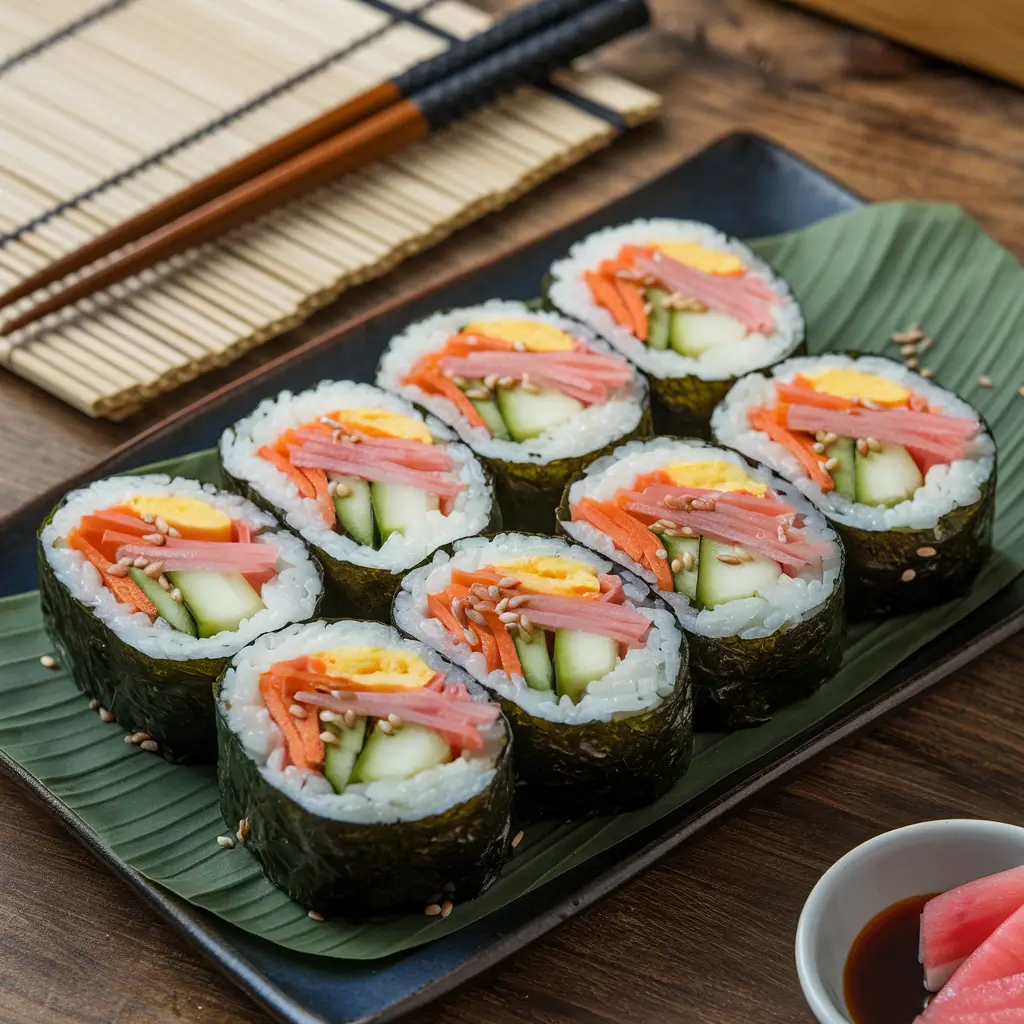
Korean sushi rolls, also called kimip, are a well-known Korean food dish that features rice, seaweed, and various fillings. This is known as kimbap. This is a simple and delicious way to prepare kimbap, which can be used as both dipping sauce and consuming at home. Learn how to produce Korean kimbap with ease at home.
Kimbap (or gimbao) is a Korean dish that involves cooking rice, which is then coated with sesame oil and salt, then being covered with seaweed (gim), along with various vegetables, eggs, fish, or meat. The difference between kimbap and Japanese sushi is that the former uses raw fish, while the latter relies on cooked and seasoned ingredients.
Korean street food stalls, markets, and lunchboxes often offer Kimbap, which is a staple dish in Korean cuisine. It’s considered a quick, healthy meal to have on hand.'
Kimbap's history is fascinating and often questioned about. According to some, it is believed to have been influenced by Japanese makizushi (sushi rolls) that were introduced in Korea when they were under the Japanese rule. However, some contend that Koreans have been using seaweed to wrap rice for centuries before the Japanese arrived.
Regardless of its origins, kimbap has become a distinctive and significant element of Korean cuisine, with an age-appropriate audience.
Kimbap (or gimbao) is a Korean dish that involves cooking rice, which is then coated with sesame oil and salt, then being covered with seaweed (gim), along with various vegetables, eggs, fish, or meat. The difference between kimbap and Japanese sushi is that the former uses raw fish, while the latter relies on cooked and seasoned ingredients.
